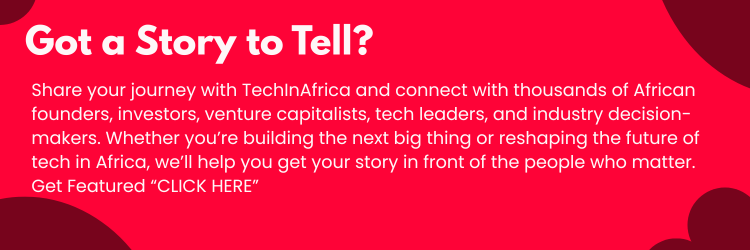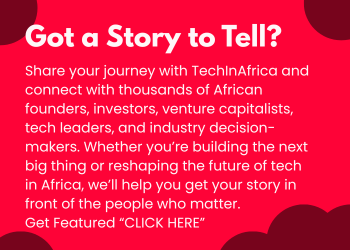TechInAfrica – Suppose you’re asked to define “what is money?” how would you respond? Think about it yourself, but according to Adam Smith who’s known to be the father of capitalism, he says that besides Mathematics and written word, money is one of the greatest inventions. We’ve seen many businesses prosper and expansion of markets as a result of people or organizations having money.
However, the inception of credit cards, the human society has changed the name to a cashless economy, and this has been pervasive. Rarely do we see the physical exchange of coins and banknotes for goods and services but we trade daily.
Have you ever asked yourself where the cashless payments started? Well, there were many cheque frauds in the 1970s and to stop this trend, we slowly migrated to cashless payments with the advent of the internet and electronic banking in the 1990s. Most governments have been pushing for the cashless economy to remove black markets and improve tax collection from citizens.
Some developing countries have given insights that it may be possible to achieve cashless economy in Africa, here are some examples.
Taking example from India
The government of India decided to launch the world’s largest biometric ID system called Aadhaar and the system has roughly 1.2 billion enrolled members. According to the statistics available, before 2009, almost half of Indians had no form of official identification, and this was the reason why the government had to launch Aadhaar. There were some improvements in the system by 2016 when citizens had the privilege to store other data like bank statements, address and tax filings after integration of a component called Stack to Aadhaar. Since the introduction of this component, it’s reported that 270 million accounts have been opened. One of the advantages of the Stack is that it allows one to buy mutual funds.
It didn’t take long after the introduction of the stack when the government announced that all Rs 500 and Rs 1000 notes were not supposed to be in circulation in November 2016 henceforth. As a result, many industries which were operating on cash basis were closed, and there were 1.5 Million job losses. However, the black market continues to thrive while industrial production is slowed a year later and the World Bank has cut India’s growth forecast.
What more? The statistics from sub-Saharan Africa is wanting with less than 5% having credit cards while 80% don’t use banking facilities. A country like Nigeria you realize that 75% of adult population have never banked.
Kenya has moved some miles ahead with the introduction of M-pesa and other mobile money transfer options. By 2015, 35 million users had transacted more than $28 billion. The expectations of the government are high since as projected, by 2019 half of the GDP will flow through M-pesa.
Airtime is also regarded as an alternative currency with services such as crowdcoins allowing transfer of airtime for purchase. Between 2011 and 2012, airtime transfer doubled from $350 to $700
South Africa is still at the top
South Africa has more than 75% of adults banking which places the country in a better position for a cashless economy. wiGroup is popular for having boosted the economy of the country and hold a record of over R7 billion processed from their platform. Currently, it has established over 80000 retail lines.
SnapScan app from South Africa also records a high number of clients as currently has 26 000. Online transaction in South Africa is expected to be R53bn in 2018. Additionally, the partnership between MasterCard and the iKhokha’s has increased cashless payments.
Tech giants such as Microsoft, Apple and Samsung are also going by the trend as cashless payments gain momentum.




